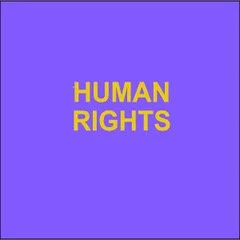By Yvon Dandurand, Darryl Plecas, John Winterdyk and Vivienne Chin
The International Centre for Criminal Law Reform (ICCLR) conducted a qualitative survey and analysis of the types of services and supports most needed by survivors of labour and sex trafficking, including the perceived usefulness and effectiveness of these services. The study also examined service delivery models, source of referrals, models of inter-agency collaboration, and accessibility of relevant services in British Columbia and Alberta for meeting the needs of labour and sex trafficking survivors (including those at risk of or are currently being trafficked). Previous research has revealed a lot about the needs of victims and survivors of human trafficking and their difficulty in accessing relevant services. Their needs are multiple and complex, but, by now, they are well known. These needs include health care (including mental health and in some cases addiction treatment), legal, financial (immediate and longer-term), protection (e.g., safe houses), housing, emotional and psychological support, connection with the justice system, and in the case of survivors of transnational trafficking, translation, assistance with respect to their immigration status, communication with home and repatriation, travel assistance, etc. The needs of trafficked survivors are not uniform and are contextualized by the purpose for which they are trafficked, particularly such as those for sexual exploitation or labour exploitation. The needs are also different for Canadian and foreign victims. There are also gender-based differences in the needs of survivors. Finally, survivors of human trafficking require during the criminal justice process when they are involved as witnesses for law enforcement and the prosecution.
Vancouver, BC : International Centre for Criminal Law Reform and Criminal Justice Policy, 2023. 72p.





















